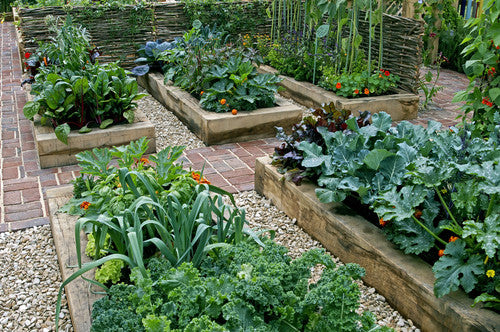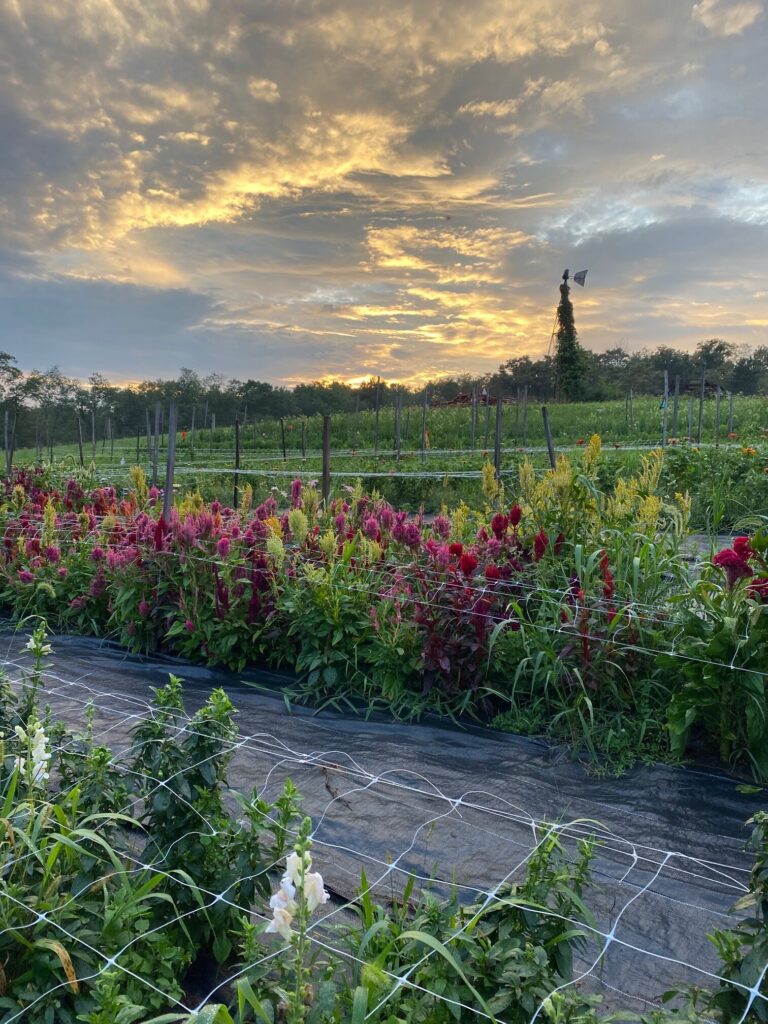Proven Strategies for Homestead Gardening
Proven Strategies for Homestead Gardening
Blog Article
Discover Vital Tips for Effective Horticulture Techniques and Practices
Gardening, typically viewed as a straightforward pastime, includes a variety of techniques and practices that can substantially influence the result of your initiatives. By focusing on essential elements such as soil health and wellness, reliable sprinkling strategies, and ideal plant choice, gardeners can create a successful ecological community that sustains vibrant growth. Comprehending the nuances of insect monitoring and seasonal upkeep can further enhance performance. Yet, many enthusiasts overlook crucial details that can make or break their gardening success-- checking out these ignored aspects may expose the secret to growing a prospering yard.
Recognizing Soil Wellness
Soil health is a fundamental aspect of effective gardening, as it straight affects plant growth, vitamins and mineral schedule, and environment balance. Healthy and balanced dirt is defined by an abundant biodiversity of bacteria, natural matter, and a well balanced pH degree, which with each other create an atmosphere conducive to plant advancement.
To understand soil wellness, one should consider its physical, chemical, and organic residential or commercial properties. The structure and framework of soil impact its capacity to keep dampness and nutrients, while the chemical composition identifies the schedule of crucial aspects like phosphorus, potassium, and nitrogen. Normal soil testing is important to analyze these factors, allowing gardeners to make enlightened choices regarding changes and plant foods.
In addition, promoting biological activity within the soil is important for maintaining its health and wellness. Practices such as composting, plant turning, and making use of cover plants can boost microbial variety, boost nutrient biking, and lower dirt disintegration. By focusing on dirt health and wellness, garden enthusiasts not just enhance plant development yet additionally add to a lasting ecosystem, ensuring that their gardening practices are resilient and environmentally liable over time.
Reliable Sprinkling Methods
Making sure that plants get the suitable amount of water is vital for their health and growth, particularly when paired with a strong foundation of soil health (Homestead Gardening). Reliable sprinkling methods can considerably impact plant vitality, lowering water waste and promoting optimal growth
One essential method is deep watering, which motivates roots to expand much deeper into the soil, enhancing drought resistance. This strategy typically entails watering much less frequently yet in larger amounts, allowing dampness to penetrate the origin area thoroughly. Timing is likewise essential; morning is the perfect time to water, as it decreases evaporation and permits foliage to completely dry throughout the day, minimizing disease dangers.
In addition, employing compost can aid keep dirt moisture and control temperature level, additional assisting effective sprinkling practices. Using a drip watering system can also offer targeted dampness straight to the roots, guaranteeing that water reaches where it's most required while conserving resources.
Checking rainfall and soil moisture levels can assist changes in your watering schedule, guaranteeing plants obtain regular hydration without over-saturation. By adopting these effective watering methods, garden enthusiasts can cultivate a thriving environment for their plants to grow.
Plant Option and Positioning
Just how can the appropriate plant selection and strategic placement transform a garden into a flourishing environment? The harmony in between plant selections and their positioning is critical for go to this web-site creating a vibrant garden. When selecting plants, consider factors such as climate, dirt kind, and sunshine exposure. Native species are typically the finest option as they are adapted to local conditions and call for much less upkeep.
Strategic positioning entails setting up plants according to their growth habits and needs. Taller plants need to be placed at the back of boundaries to stop shielding shorter plants. In addition, organizing plants with similar water and light needs can boost their growth and reduce competitors for resources.
Incorporating a variety of plants not only includes aesthetic appeal yet likewise promotes biodiversity, bring in useful insects and pollinators. Take into consideration the seasonal modifications in your garden; choose a mix of evergreens, annuals, and perennials to make sure year-round interest.
Last but not least, remember to evaluate the mature size of plants prior to planting to stay clear of congestion and make certain ample air circulation. Thoughtful plant option and strategic positioning create a harmonious setting, enabling your yard to flourish while reducing challenges.
Insect and Condition Management
Efficient pest and illness monitoring is important for preserving a healthy and balanced garden ecological community - Homestead Gardening. A proactive technique, incorporating cultural, biological, and chemical methods, can significantly minimize the influence of parasites and diseases on your plants

Biological controls, such as introducing helpful pests like ladybugs or predative termites, can maintain parasite populaces in check without damaging the environment. Additionally, maintaining plant health through proper watering, fertilizing, and trimming will reinforce their strength against diseases.
When treatment is essential, choose targeted chemical treatments, making sure to comply with application guidelines to lessen injury to non-target organisms. Always focus on lasting methods, as they promote long-lasting garden health and ecological balance. By integrating these techniques, gardeners can effectively take care of parasites and conditions, ensuring thriving plants and an effective garden.

Seasonal Maintenance Practices
During each period, applying targeted upkeep practices is essential for optimizing yard health and Continued wellness and efficiency. In spring, emphasis on soil prep work by screening pH levels and adding necessary modifications. This is likewise the perfect time to apply plant foods and mulch to retain dampness and reduce weeds. Regularly evaluate emerging plants for pests and conditions.
As summertime approaches, make sure adequate watering while keeping track of for indicators of tension or condition. Trim back disordered plants to motivate air flow and decrease humidity around foliage. This technique not just enhances plant health and wellness but likewise advertises flowering and fruiting.
With the arrival of fall, it's time to prepare for wintertime. Tidy up fallen leaves and debris to stop pest invasions, and take into consideration planting cover crops to improve soil health. This period is additionally perfect for separating perennials and growing spring-flowering bulbs.
Final Thought
Successful gardening hinges on the integration of sound practices in dirt wellness, watering, plant option, bug administration, and seasonal maintenance. By prioritizing soil testing and microbial diversity, employing effective sprinkling approaches, and choosing proper plants, gardeners can create growing ecological communities.
By focusing on necessary aspects such as soil wellness, reliable sprinkling techniques, and suitable plant option, garden enthusiasts can produce a thriving ecosystem that sustains dynamic development. By focusing on soil wellness, gardeners not only optimize plant growth however additionally contribute to a lasting environment, guaranteeing that their horticulture methods are environmentally liable and durable over time.
Taller plants ought to be placed at the back of borders to protect against shading much shorter plants. Clean up dropped leaves and debris to protect against insect problems, and think about growing cover crops to improve dirt health.Effective gardening hinges on the combination of audio practices in dirt health, watering, plant choice, parasite administration, and seasonal upkeep.
Report this page